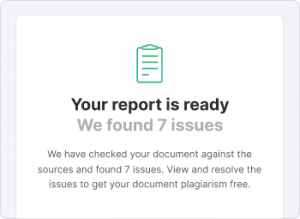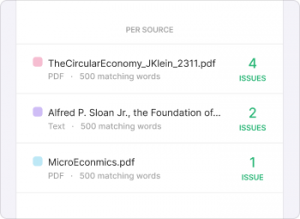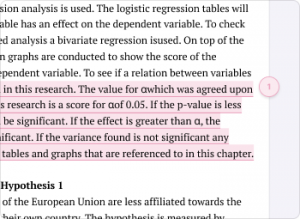What is self-plagiarism?
Self-plagiarism means recycling work that you’ve previously published or submitted as an assignment. It’s considered academic dishonesty to present something as brand new when you’ve already gotten credit and perhaps feedback for it in the past.
If you want to refer to ideas or data from previous work, be sure to cite yourself.
If you’re concerned that you may have self-plagiarized, Scribbr’s Self-Plagiarism Checker can help you turn in your paper with confidence. It compares your work to unpublished or private documents that you upload, so you can rest assured that you haven’t unintentionally plagiarized.





